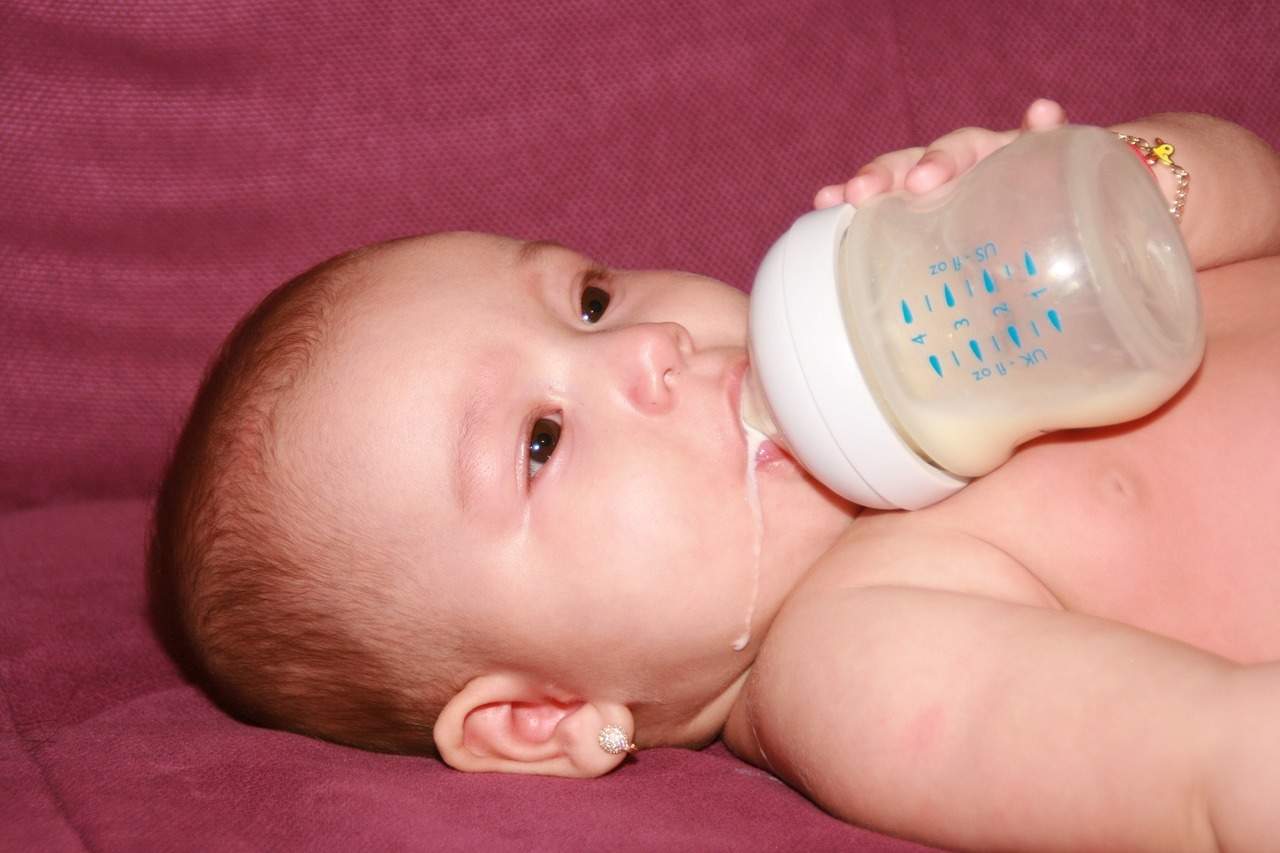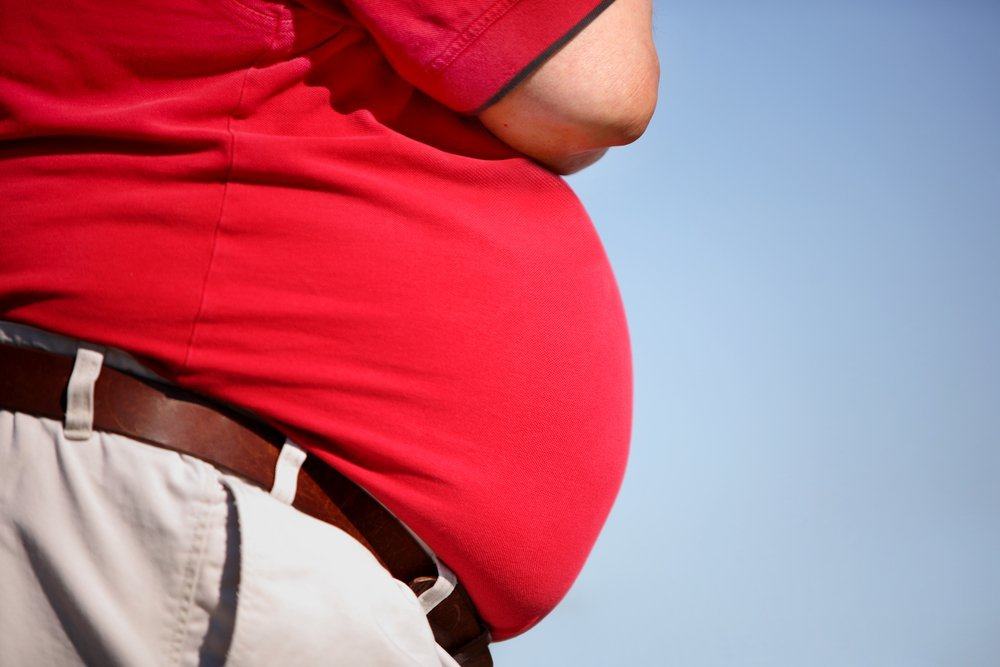Contents:
- Medical Video: Breastfeeding Intake Assessment - Part 1, How to know if a baby is drinking enough milk.
- Steps to measure the adequacy of baby's milk
- 1. Does your baby's weight increase?
- 2. How often does your baby suckle?
- 3. Are there differences in your breasts before and after breastfeeding?
- 4. How often and how much does your baby urinate?
- 5. What is the general condition of your baby?
- What if it turns out that baby ASI consumption is still lacking?
Medical Video: Breastfeeding Intake Assessment - Part 1, How to know if a baby is drinking enough milk.
One of the things that is often worrying about breastfeeding mothers is whether or not the milk the baby consumes is enough. Unlike formula milk which can be easily measured, the mother cannot measure how much milk the baby drinks every day. Then how do we know whether the baby has enough milk or not?
Steps to measure the adequacy of baby's milk
Some things that can provide clues about whether your baby is drinking enough milk is to answer the following questions:
1. Does your baby's weight increase?
A constant increase in baby's weight is the most obvious thing that indicates the adequacy of whether or not breast milk is consumed. Within 3-4 days after birth, the baby's weight generally falls by 7%, and when the age of 10-14 days is usually the baby's weight has returned to reach body weight at birth. After that, as the breast milk runs smoothly, baby's weight will continue to increase.
The following are standards for increasing baby weight per week according to their age:
- 0-3 months: 110-200 grams per week
- 3-6 months: 110-140 grams per week
- 6-12 months: 60-110 grams per week
On a routine examination after birth, the baby's weight is always weighed. If there are concerns about your baby's weight, consult a doctor.
2. How often does your baby suckle?
Newborns usually suckle every 2-3 hours, approximately 8-12 times per day. The high frequency of suckling is good for you and your baby. The more often the baby suckles, the milk production in your body will also increase.
Let the baby determine how long it takes to suckle. In times growth spurt (usually at the age of 2 weeks, 3 weeks, 6 weeks, and 3 months), your baby will suckle more and more often. The greater the age of the baby, the baby will be able to suckle more milk in a shorter duration.
Some babies have a non-routine breastfeeding pattern, for example the frequency of breastfeeding at certain hours increases, which is followed by a rather long sleep time. The amount of frequency of breastfeeding per day is more important than the duration between one breastfeeding and another.
3. Are there differences in your breasts before and after breastfeeding?
Breastfeeding should not hurt. In a good baby attachment, when the baby suckles, the breast will feel pulled slowly, not like a bite or pinch on the nipple. If the breastfeeding process goes well, after the baby has finished breastfeeding, the breast that had felt full will feel empty. If there are complaints of pain while breastfeeding, consult a doctor.
4. How often and how much does your baby urinate?
If your baby does not use diapers, it may be difficult to check how much urination / magnitude. If your baby uses diapers, the guide below can be used as a comparison.
1-2 days baby
- Urinate 1-2 diapers in 24 hours
- Defecate greenish black
Babies 2-6 days
- Urinate 5-6 diapers in 24 hours
- At least 3 times greenish bowel movements
Baby 6 days and so on
- Urinate 5-6 diapers in 24 hours
- At least 3-5 times defecation which is very soft and yellow
Infants 6 weeks and above
- Urinate 5-6 diapers in 24 hours
- The frequency of defecation begins to decrease
5. What is the general condition of your baby?
When the baby feels hungry, the baby will open his mouth while moving his head to the left and right, bending his arms, clenching his fists, or inserting fingers into his mouth. Immediately breastfeed if the baby shows signs of being hungry, don't wait until the baby cries. Babies who look satisfied after breastfeeding generally indicate that their milk needs have been met. In addition, babies whose needs for breastfeeding are fulfilled will look healthy, active, and have a good growth rate and head circumference.
What if it turns out that baby ASI consumption is still lacking?
If from the above, it is found that your baby's milk consumption is still lacking, don't worry. You can do some of the following to increase milk production:
- The frequency of breastfeeding with the duration as desired by the baby.
- Every time you breastfeed, offer your baby to suckle from both breasts.
- Check and make sure that the position and attachment of the baby when menysu is correct.
- Help smooth the flow of milk by pressing the breast when the baby suckles.
- Avoid giving formula milk if you want your baby to drink milk, because the baby will be full and increasingly not interested in drinking milk. If you do not breastfeed, the production of breast milk in your breasts will diminish over time.
- Try to relax, because milk production is also influenced by the mind. Rest assured that your milk will be enough.
If you have done these things but the production of breast milk does not increase or problems / difficulties arise in the process of breastfeeding, immediately consult with a doctor.
READ ALSO:
- List of Foods that Mothers Should Avoid
- Is it true that Katuk Leaves Make Milk More Smooth?
- For Babies, Why is Milk Formula Better than Cow Milk?












